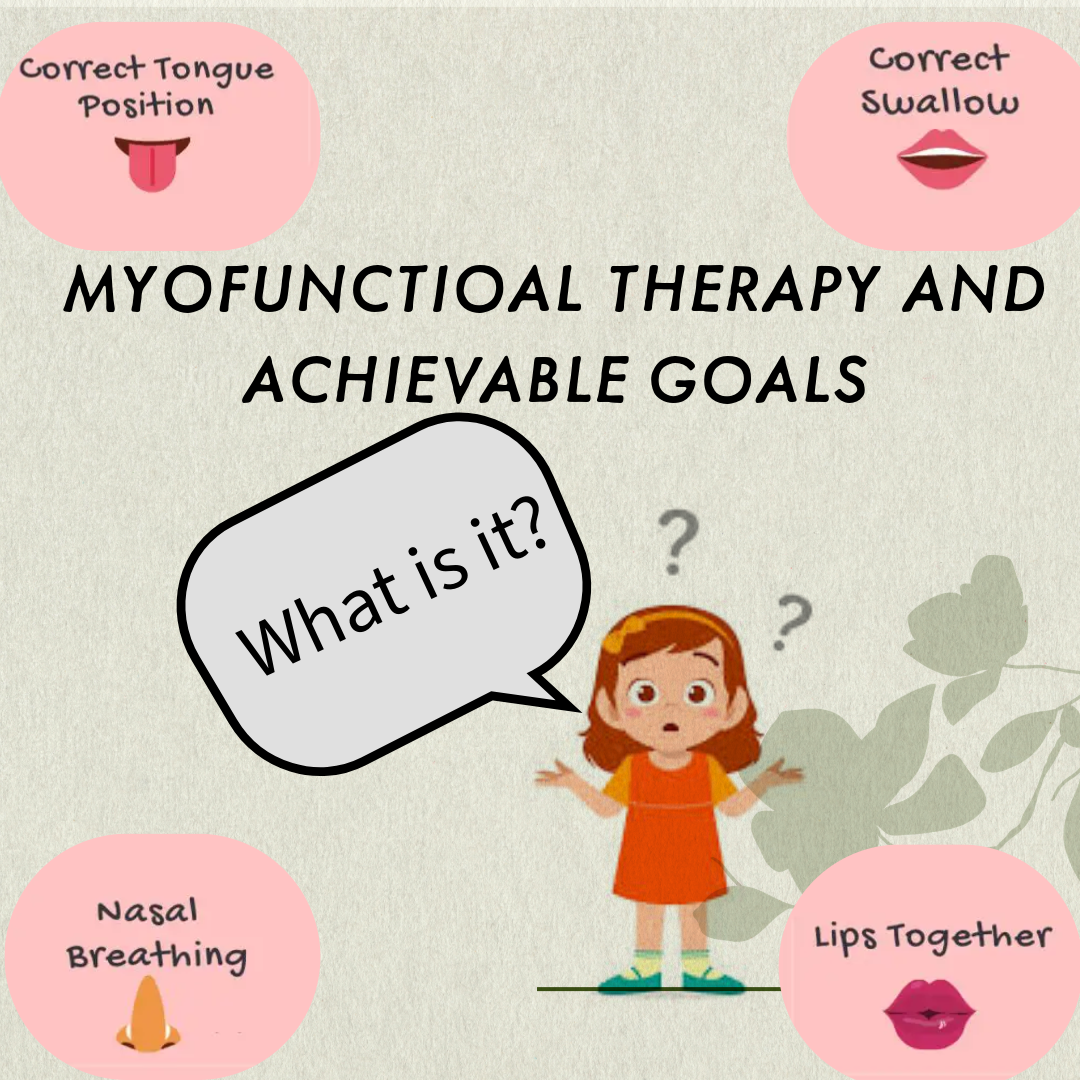
Understanding Myofunctional Therapy
Understanding Orofacial Myology: The Role of Myofunctional Therapy in Your Health
Did you know that terms like Orofacial Myology, Orofacial Myofunctional Therapy (OMT), and Myofunctional Therapy (MFT) all refer to the same transformative practice? This holistic therapy can significantly enhance your overall health and well-being.
The history of myofunctional therapy dates back to the early 1900s. Dr. Benno E. Lischer introduced the term “Myofunctional Therapy,” and in 1907, Dr. Edward Angle published the malocclusion classification system, still widely used by dentists today. Many people don’t realize that lifelong postural habits and health conditions might trace back to their earliest days. For example, tight frenum attachments (tongue ties) could contribute to neck pain, headaches, and other issues and early intervention can make a profound difference.
Myofunctional therapy is increasingly recognized as a key component in reversing chronic conditions and promoting better health.
What is Myofunctional Therapy?
Dr. Soroush Zaghi, an ENT specialist, describes myofunctional therapy as a structured program aimed at retraining the tongue and facial muscles. This involves exercises to strengthen these muscles and ensure they function properly. By adopting optimal tongue positioning and addressing behaviors like breathing, chewing, and swallowing, myofunctional therapy promotes overall health and well-being.
Think of myofunctional therapists as personal trainers for your tongue—with a much broader focus. Through targeted exercises, these programs can rewire neural pathways, enabling your body to operate efficiently and subconsciously after just a few months of practice.
How Myofunctional Therapy Works
The tongue plays a significant role in the body’s alignment, connected through fascia from the head to the toes. If one area is misaligned, the rest may struggle to function properly. A key principle of therapy is dissociation—training the tongue, lips, cheeks, and jaw to move independently from one another.
Common concerns, such as mouth breathing at night, reflect habits formed during the day. Training yourself to breathe through your nose during waking hours helps your brain retain this habit during sleep, potentially addressing issues like snoring, nighttime waking, or even sleep disturbances.
Goals of Myofunctional Therapy
Myofunctional therapy focuses on:
· Encouraging nasal breathing while establishing a proper lip seal
· Promoting an optimal tongue resting position on the palate
· Developing balanced chewing on both sides of the mouth and improving swallowing patterns
· Eliminating harmful oral habits
Treatment plans are customized to address your unique needs, including occupation, habits, and orofacial disorders, helping your facial and oral muscles function as intended.
Conditions Myofunctional Therapy Can Help With
This therapy has been shown to benefit a wide range of conditions, including but not limited to:
· Tongue, cheek, or lip ties
· TMJ pain
· Headaches and migraines
· Teeth grinding and enamel wear
· Sleep apnea and snoring
· ADHD, brain fog, and fatigue
Myofunctional therapists work hand-in-hand with other professionals, including dentists, orthodontists, bodyworkers, and frenectomy providers, to optimize your health and restore function. Call us at 203-774-0019, or ask us at your next appointment if you would like to learn more.
